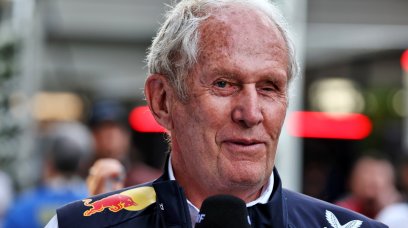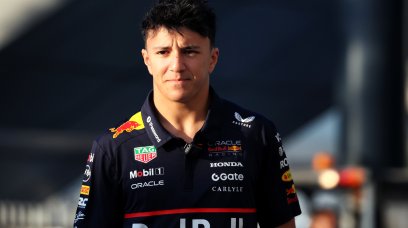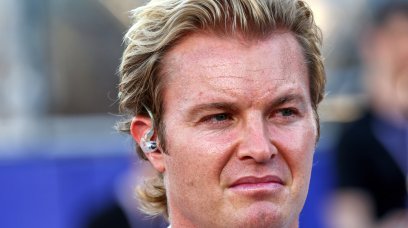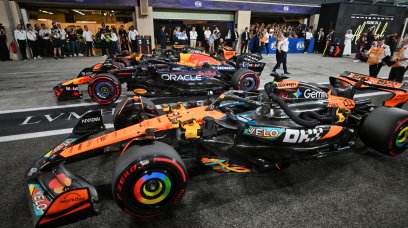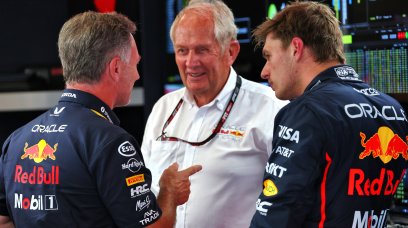Mercedes have revealed that Lewis Hamilton carried a little bit of extra weight on his W13 during the course of the Australian Grand Prix weekend. This was due to the team fitting various data-gathering sensors in a bid to figure out how best to unlock more performance from their troublesome car. With on-track, non-competitive running down to just three hours of practice time at each Grand Prix weekend, Mercedes took the pain of carrying the extra weight on Hamilton's car to use the race for some extra learning. While carrying such sensors wouldn't usually be a huge issue, due to teams using ballast in order to ensure their cars meet the minimum weight requirements, this year's Mercedes (amongst others) is over the minimum weight limit of 798 kilogrammes. As a result, every single gram of weight does have an effect on the car's ultimate lap time. Mercedes' Motorsport Strategy Director, James Vowles, reflected on Hamilton's data-gathering mission, explaining that the team had managed to get plenty of information from taking the step.
Why did Mercedes opt to fit sensors?
"We always need to have a good understanding and be data-driven as an organisation," Vowles said, in Mercedes' post-race debrief. "It was painful, because takingsensors off the car, because the car is too heavy, means we are losingout on information, and what we concluded from the first two races iswe had too many questions without answers as a result of doing so. "Ina normal year, you wouldn't even consider not having sensors on thecar. You would add what you need to, to make sure you understandwhat's going on. But, obviously, this isn't a normal year and the caris overweight." The issue didn't appear to hamper Hamilton's speed too much, with the seven-time World Champion having run strongly in the first stint to eye up a third-place finish. Only the timing of a mid-race Safety Car resulted in teammate George Russell getting the jump and claiming the final place on the podium, ahead of Hamilton.
How much of a difference was there between the two cars?
While the extra sensors added some extra weight to Hamilton's car, Vowles revealed that the FIA scales showed the difference in weight between Russell's and Hamilton's machines was practically non-existent. "In terms of how it worked between the two cars, thereare thousands of components that make up the racing car for Georgeand for Lewis," he said. "Those components don't weigh exactly the sameamount, there is the variability of a few grams here and there. "Theactual car weight - as mentioned on the FIA scales - between the two carsin the race was within a few grams of each other, so Lewis did afantastic job by carrying these extra sensors. "Ultimately the costwas small, it was a matter of grams between the two, which is what wewanted." As for the value of the data that Mercedes were able to gather, Vowles said it has provided some extra clarity for the team to work with. "Have we got gooddata? Absolutely," he commented. "It's not that, from this, you can suddenly findsomething [and] you will turn everything on its head and find asolution in one race, but it provides clues and understanding of whatwe need to do to move forwards."
Most read
